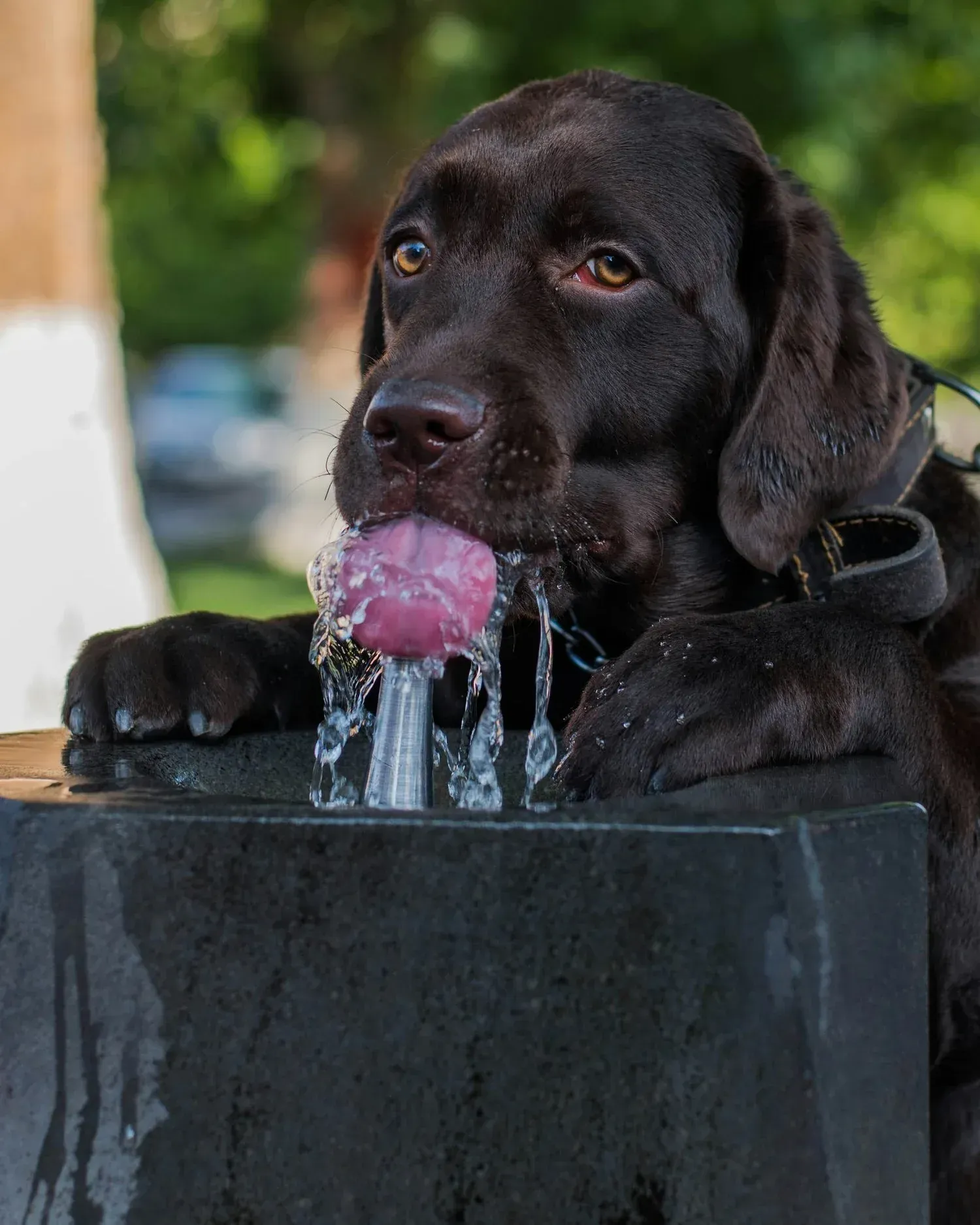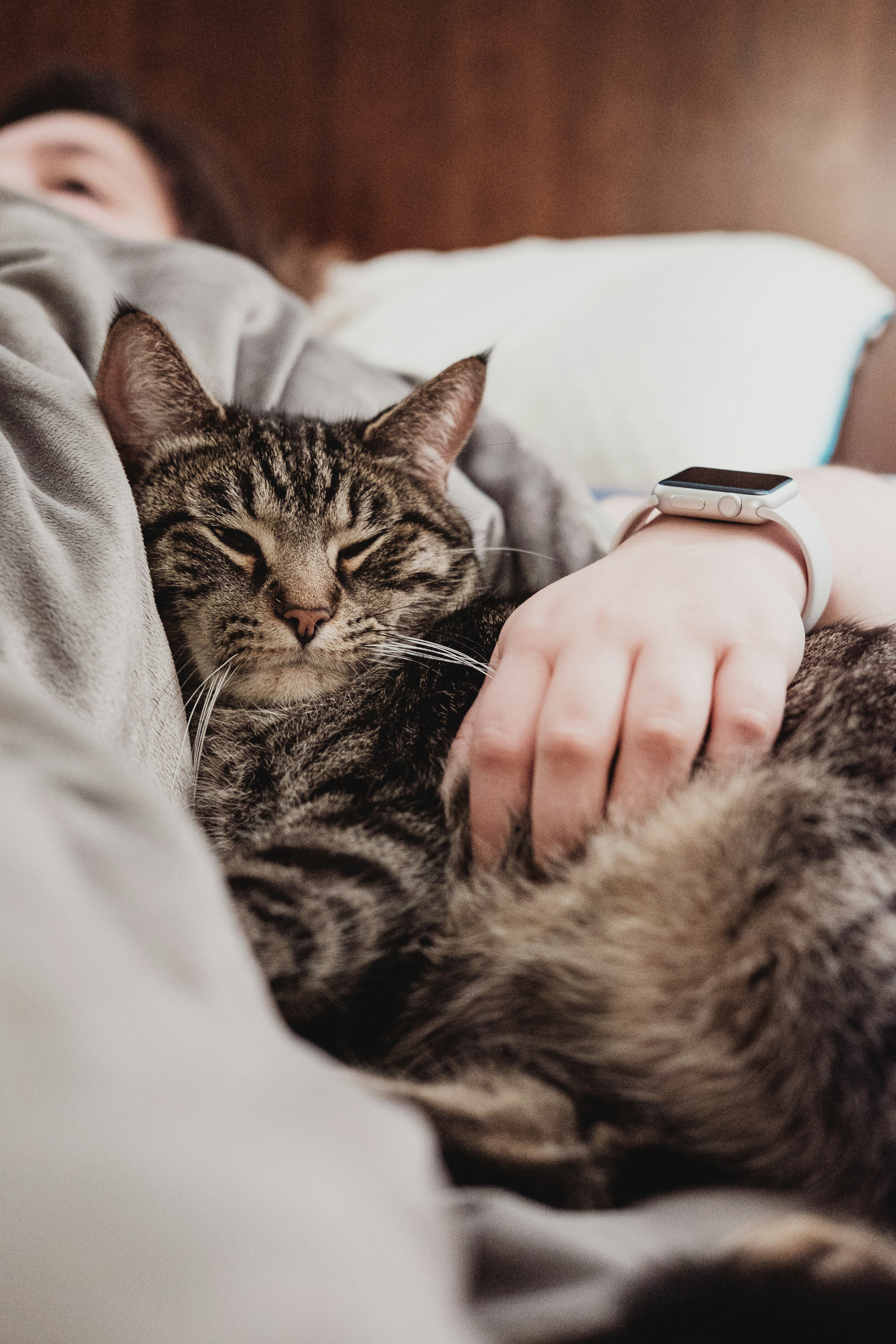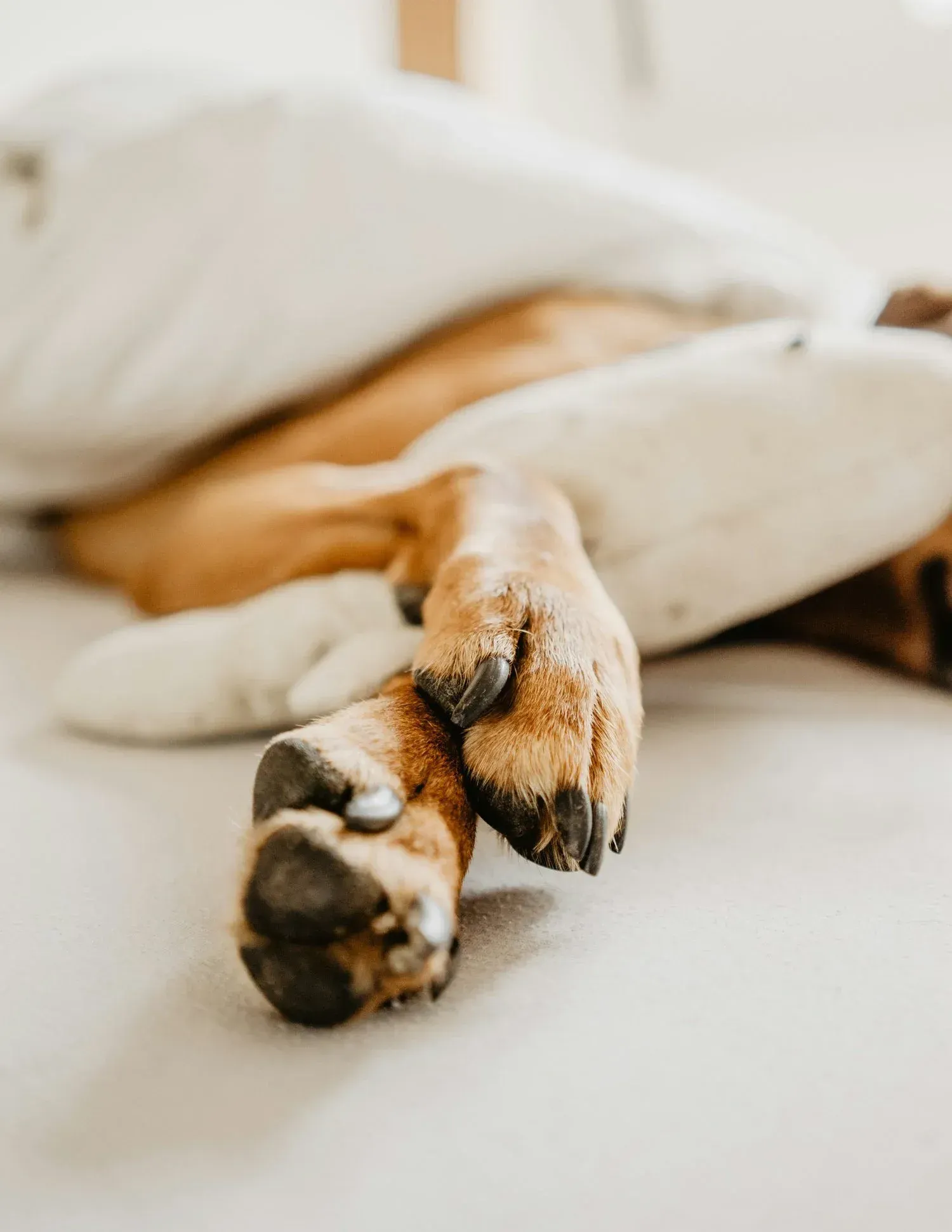As a caring pet owner, monitoring your pet’s behavior, including their drinking habits, is essential. Knowing what's normal for your furry friend can help you spot when something’s off. If you’ve noticed your pet drinking more water than usual, it might be due to an underlying health issue or other factors. Let’s explore what’s considered normal versus abnormal drinking, potential reasons for increased thirst, and when to consult a veterinarian.
How Much Water Intake Is Normal?
Most dogs need about 1 ounce of water per pound of body weight per day, while cats require slightly less—around 3.5 to 4.5 ounces of water per 5 pounds of body weight daily. Cats naturally have a lower thirst drive compared to dogs due to their evolution as desert dwellers. This allows them to survive on less water, but their hydration needs are no less important.
How Do I Know My Pet Is Drinking Too Much?
It can be tricky to determine if your pet’s water intake is excessive, especially if you have a busy lifestyle or multiple pets. Here are some tips to help you track their drinking habits:
- Measure Daily Water Intake: Use a single bowl and note how much water you fill and refill each day.
- Free-Choice Water Systems: If your pet drinks from a gravity dish or water fountain, consider switching to a single bowl temporarily to measure their intake.
- Separate Pets Temporarily: If you have multiple pets sharing one bowl, separate them for a few days to determine who is drinking more.
Note: Never restrict your pet’s access to water. Increased drinking usually reflects their body’s needs, and withholding water can lead to dehydration and severe health risks.
Causes of Increased Thirst in Pets
1. Dehydration
Like humans, pets can become dehydrated due to hot weather, exercise, or fluid loss from vomiting and diarrhea. Signs of dehydration include:
- Dry or tacky gums
- Lethargy
- Decreased skin elasticity
To check for dehydration, perform a skin tent test by gently pinching the skin between their shoulder blades. If the skin doesn’t snap back into place quickly, your pet may be dehydrated. Always provide fresh, clean water, but if dehydration persists, consult your veterinarian.
2. Dietary Changes
Switching your pet’s diet from wet food to dry kibble (or vice versa) can impact their water consumption. Dry food has less moisture, which may cause your pet to drink more, whereas wet food provides additional hydration.
3. Increased Activity
Just like in humans, higher activity levels mean greater fluid needs. Pets that exercise more frequently or vigorously will naturally drink more water.
4. Heat and Weather
During warm months, pets drink more to stay cool and hydrated. Always ensure fresh water is readily available to prevent overheating or dehydration, especially during hot weather.
5. Medical Conditions
Several health issues can cause increased thirst (polydipsia):
- Diabetes Mellitus (Affects both Dogs and Cats): This condition leads to elevated blood sugar levels, causing increased thirst and urination.
- Diabetes Insipidus (Rare in both Dogs and Cats): In this condition, the body isn’t making enough antidiuretics hormone (ADH) or the kidneys are not responding to ADH correctly. Normally, ADH helps ensure that the kidneys concentrate the urine appropriately. However, pets with diabetes insipidus are unable to concentrate their urine. Therefore, they lose large volumes of water in their urine and must drink excessively to keep up with that loss to prevent becoming dehydrated.
- Kidney Disease (Affects both Dogs and Cats): Pets with compromised kidney function struggle to concentrate their urine and thus drink more water.
- Cushing’s Disease (More Common in Dogs): This hormonal disorder occurs when the adrenal glands produce too much of a steroid hormone known as cortisol. Excessive cortisol can lead to increased thirst and urination.
- Hyperthyroidism (More Common in Cats): This condition, common in older cats, involves an overproduction of thyroid hormone, leading to increased metabolism and thirst.
- Urinary Tract Infections (UTIs): Urinary tract infections can be common in both cats and dogs. UTI’s can cause discomfort and increased urination, subsequently leading to increase thirst.
If your pet also shows symptoms like lethargy, weight loss, or changes in appetite, schedule a vet visit promptly.
6. Medications
Certain medications, such as corticosteroids or diuretics, can cause excessive thirst as a side effect. If your pet is on medication, check with your veterinarian to see if this could be the cause of their increased water intake.
7. Behavioral Factors
Sometimes increased water intake can result from behavioral issues, such as stress, anxiety or boredom. Dogs and cats may drink more if they feel uncomfortable in their environment or need stimulation. You can provide engaging toys and interactive play to help alleviate boredom-prone drinking.
Consider a Vet Visit if Your Pet Continues Drinking More Water than Usual
If your pet is drinking more water than usual, monitor their overall behavior and health. While increased thirst can sometimes be harmless, it may also signal an underlying issue.
If the behavior persists or is accompanied by concerning symptoms, consult your veterinarian for a thorough check-up. Early intervention can significantly improve your pet’s quality of life. Remember, fresh, clean water and a balanced diet are key to keeping your pet healthy and hydrated!





